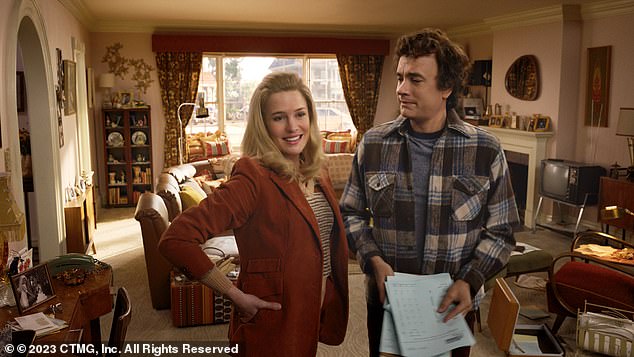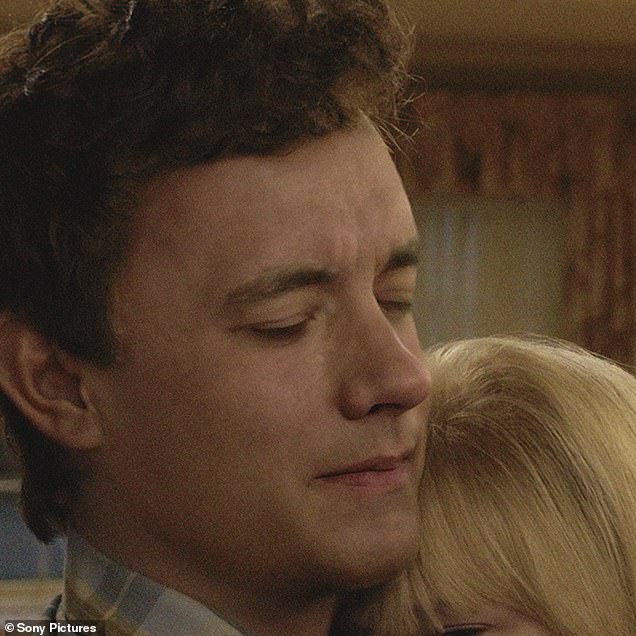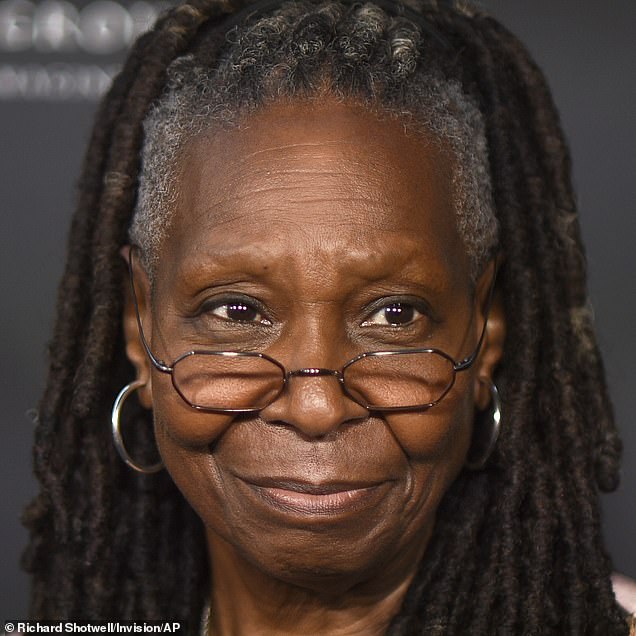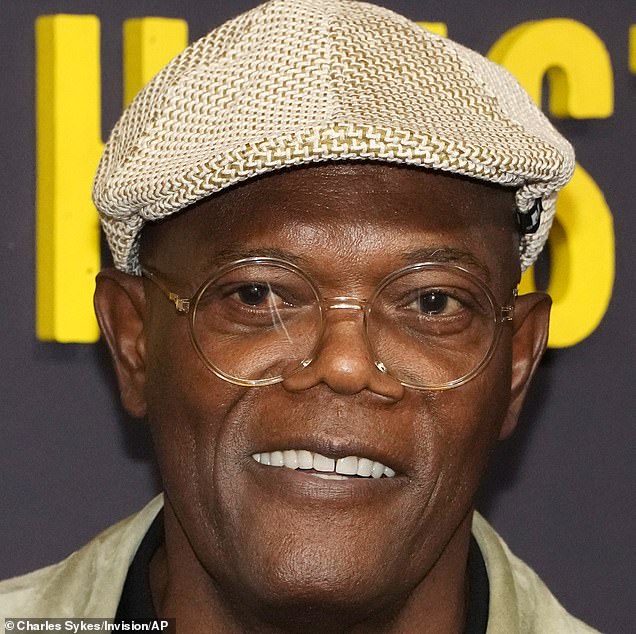From a daily skincare routine to Botox and face lifts, some people will do almost anything to turn back the hands of time.
Now, some actors are going one step further and using a controversial technology to digitally ‘de-age’ their appearance.
In his latest film, Tom Hanks, 68, and his Forrest Gump co-star Robin Wright, 58, use AI to play the same couple at different stages in their lives.
Hanks says: ‘It’s a great tool, because the super computing means you do not have to wait for post-production to do the purely technical visual view of it.’
There has been growing concern over the use of AI in cinema, with many actors worrying that the technology will force humans out of the film industry.
However, both Hanks and Wright have defended the use of AI, saying it removes the need to cast younger actors.
If you want to de-age your photos, you’ll be happy to hear that you don’t need a Hollywood budget to give the technology a try.
Here’s how you can use AI to make you look younger.

What is digital de-ageing?
Digital de-ageing is a relatively new VFX technique which can make actors appear significantly younger than they are.
In post-production, editors apply touch-ups or computer-generated overlays to an actor’s face like a digital mask.
In the past, editors would make a 3D model of the actor’s face from detailed scans and manually apply a digital ‘facelift’ – removing chins, wrinkles, and reducing the nose and ears.
That 3D model would then be mapped to the actor’s face by a series of dots drawn in a grid just like the white balls you see in motion-capture performances.
That allows the CGI model to move realistically in time with the real actors’ faces.
However, with the advent of powerful AI models, there is no longer a need for a VFX artist to manually create the younger model.
Instead, an AI is trained on images of the actors so that it can automatically generate the younger image, mapping the mask to tiny details on the actors’ faces for a more realistic performance.
Ms Wright told Radio Times: ‘They basically trawl the internet and get interviews that we did when we were 19, 20, 21 years of age. They literally take that data and put it into your face.’
A big difference to older techniques is that this process can be done in almost real-time rather than over weeks and months of editing.
Hanks says that it would take the computer ‘a nanosecond’ to do what would have previously taken six months.
‘So we shot the scenes at Pinewood and we could look at them immediately,’ he said.
How can you use de-aging AI for yourself?
Although you won’t have access to the powerful and expensive tools used by film studios, there are some cheap options out there.
The main difference between these options and the ones used by the stars is that they aren’t trained on your specific images.
The AI used by Hanks and Wright to appear 19 used younger pictures of them in the training data to learn what their faces actually looked like.
Cheaper, generic age filters only have a general idea of what young people look like.
This means the AI tends to focus on details like smoothing wrinkles and adjusting the face shape rather than creating any specific face.
As you can see in these digitally de-aged images, this means that the younger versions don’t always resemble the person in the photo.
To digitally de-age these celebrity photos MailOnline used the Wondershare AI Face Editor from Media.io.
This is a paid service which allows users to automatically add effects to their images.
You’ll need to make an account, either using a free trial or a paid subscription to download unlimited images for $6.99 (£5.74) per month or $59.90 (£49.17) per year.
To de-age a photo, click on ‘Upload Image’ and select the file you want to edit.
On the right, you will see a number of effects options, select ‘Age Filter’ and use the slider to choose how old you want the image to appear.
Click on ‘Start to process’ to generate the edited image, and after about 30 seconds your de-aged photo should be visible.
You have the option to download a watermark-free version by pressing ‘Download’ or click on the bin icon in the top-right to edit another picture.
Why is this controversial?
Despite Tom Hanks embracing the technology, many remain concerned over the growing presence of AI in the cinema industry.
The biggest concerns have been pressed by actors and writers who are worried that generative AI will mean studios no longer need to hire expensive humans.
During 2023, the SAG-AFTRA union walked out on strike over changes in the film industry after Covid.
Most notably, the union wanted guarantees that studios would not have the rights to use AI-generated likenesses of actors in perpetuity.
Likewise, concern was increased after it emerged that some extras had been ‘scanned’ on set and asked to sign contracts giving away the rights to use their likenesses.
These fears sparked another wave of strikes in 2024 amid a growing worry that AI would replace voice actors in video games.
Lisa Kudrow, who starred as Phoebe in Friends, has openly criticised Hanks’s embrace of technology as she called his new film, Here, an ‘endorsement of AI’.
Speaking on the Armchair Expert podcast, Mrs Kudrow said: ‘They could actually shoot the scene and then look at the playback of them as younger, and it’s ready for them to see.
‘All I got from that was, this is an endorsement for AI. It’s not going to ruin everything but what will be left? Forget actors, what about up-and-coming actors? They’ll just be licensing and recycling.’















